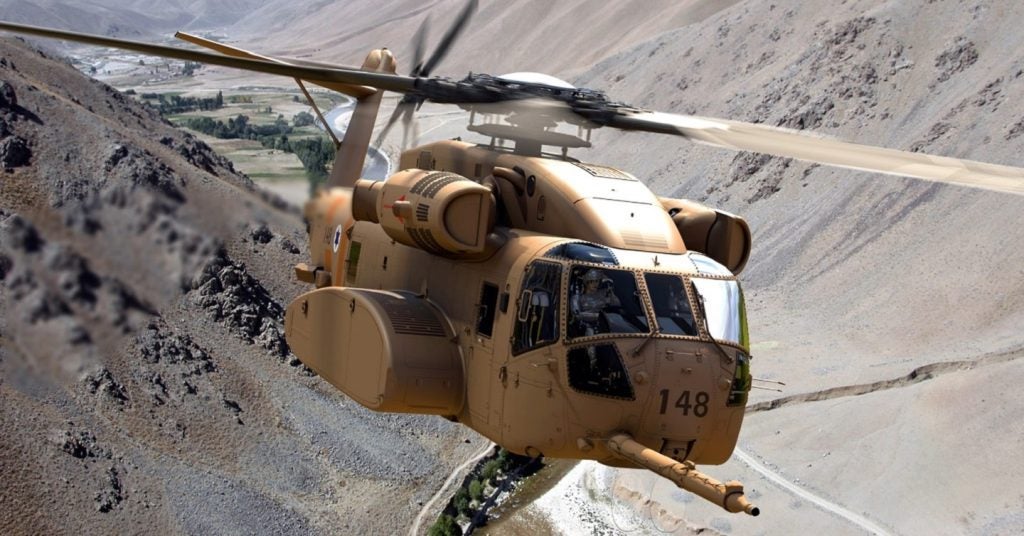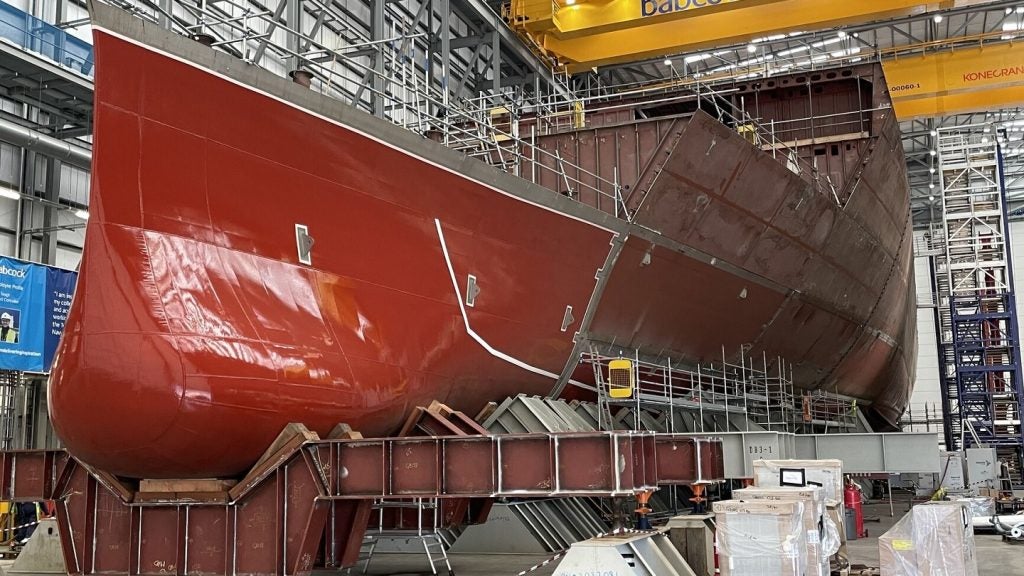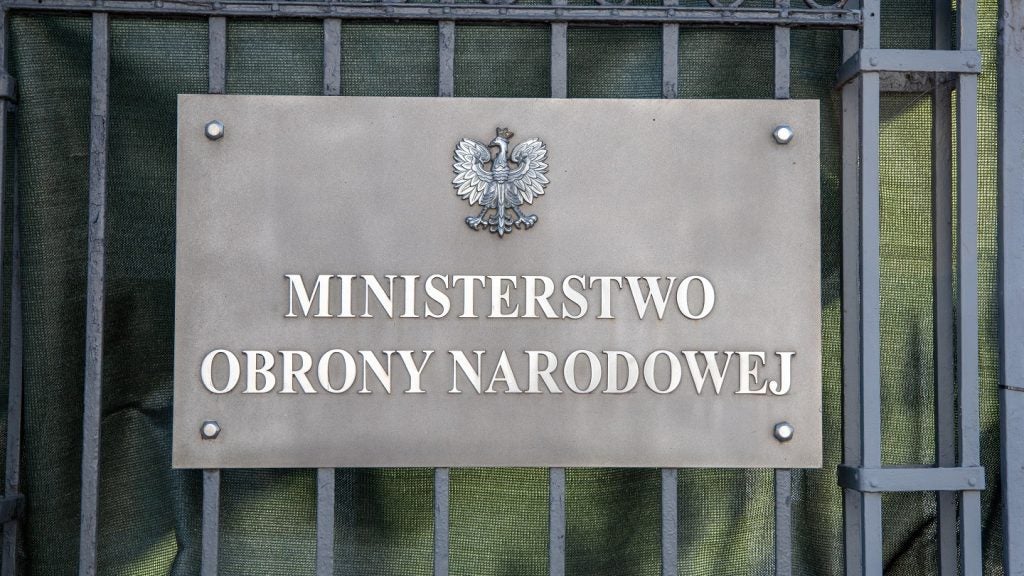The Lockheed Martin company Sikorsky has won a contract to supply 35 CH-53K helicopters to the US Marine Corps and the Israeli Air Force – the deal is “the largest procurement to date for this multi-mission aircraft.”
Sikorsky will provide 12 Lot 7 units and 15 Lot 8 units to the Marine Corps, the contractor will also furnish the Israeli Air Force with eight additional CH-53Ks; this follows the initial production announcement in 2022 for the first four rotorcraft under a US Navy Foreign Military Sales agreement.
The contractor will start to deliver the platforms in 2026. The deal will help Sikorsky on its path to secure a multi-year agreement and the 200 aircraft Marine Corps Programme of Record.
The US Navy declared full rate production for the CH-53K programme in December 2022. This will increase production to more than 20 helicopters annually in the coming years.
Improving CH-53K capabilities
According to GlobalData intelligence, Israeli spending on the CH-53K will grow from $203m to $348m between 2023-33, at a compound annual growth rate (CAGR) of 5.6%.
Similarly, US spending will also grow from $2bn to $2.9bn in the same period, registering a CAGR of 3.98% with a decline in spending between 2026-28.
“Our skilled employees are using digital tools to build more efficiently as these helicopters roll off the production line and into the hands of the Marines,” said Dana Fiatarone, vice president, Sikorsky Marine Corps Systems. “The performance of the CH-53K in the fleet validates its capabilities to provide a strategic advantage and shows that even more is possible with this aircraft.”
Sikorsky announced it latest deal after it secured another contract with the Naval Air Warfare Center Training Systems Division in July, which allocated $21.8m to exercise options to procure a CH-53K containerised flight training device and associated technical data in support of the CH-53K Phase II training system efforts.
Based on the low-rate initial production Lot 4 configuration, the device will enhance pilot training capabilities, allowing the US Navy to refine their skills and prepare for complex missions.











